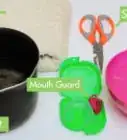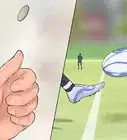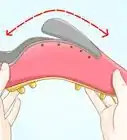This article was co-authored by Landis Owens and by wikiHow staff writer, Eric McClure. Landis Owens is a Personal Trainer and the Owner of Almighty Personal Training Studio in Tempe, Arizona. With over 15 years of experience in the health and fitness industry, Landis specializes in weight loss, nutrition, and core and strength training. Landis received a football scholarship to Mesa Community College where he studied Engineering and Sports and Exercise. He is an ISSA Certified Personal Trainer and also holds certifications in Nutrition, Youth Sports, Injury Stay Free, and CPR. Landis also competes in bodybuilding competitions.
There are 10 references cited in this article, which can be found at the bottom of the page.
wikiHow marks an article as reader-approved once it receives enough positive feedback. In this case, several readers have written to tell us that this article was helpful to them, earning it our reader-approved status.
This article has been viewed 261,813 times.
Training hard isn’t enough if you want to see your skills improve on the field—you also have to train right. While basic conditioning and lifting regimens are important for basically every player, a big part of how you spend your time training comes down to your position and what you need to improve on. Before you start a brand-new training routine, talk to your coach. They’ll have the best feedback for you regarding what you need to work on to take your game to the next level. Every player’s training routine should be different depending on what you’re working on and what your goals are.
Steps
Improving Speed and Stamina
-
1Go long-distance running 1-2 times a week to stay in shape. Roughly 1-2 times a week, do some long-distance running to stay healthy, fit, and improve your endurance. Run for 15-30 minutes depending on your stamina. [1]
- Swimming is a great substitute for long-distance running if you get bored of jogging or want to mix it up every once in a while.
- Many players lift weights 3-4 times a week and do cardio and calisthenics 1-2 days a week. Still, it really depends on the position and the part of your game you’re working on.
-
2Do 40 yd (37 m) sprints 1-2 times a week to get faster. Another 1-2 times a week, work on your speed by doing 40 yd (37 m) sprints. Take a 15- to 30-second break in between each sprint and do them for 10-15 minutes to improve your explosiveness and speed.[2]
- The 40 yd (37 m) sprint is the universal football metric for judging speed. The is because 40 yards (37 m) is the length of the average punt and it’s basically the farthest anyone will ever run to catch a pass.
Advertisement -
3Use hill sprints to build your running muscles up. Find a hill at your local park or forest reserve and head out there a few times every month. Sprint up the hill as fast as you possibly can. When you get to the top, take a 1- to 2-minute break and carefully walk back down. Repeat this process 5-10 times to build up all of the muscles you use to run. This is a great way to build your speed and explosiveness on the field.[3]
- You can sprint stadium stairs instead if you don’t live anywhere near a hill.
- Don’t do this on a hill that’s steeper than 25 degrees. You’ll risk falling and tumbling down the hill if you try to sprint up a steep incline.
-
4Perform 3-hurdle drills to work on your speed and cutting ability. Set up 3 small, 6 in (15 cm) tall objects on the ground. Set them 2–3 feet (0.61–0.91 m) away from one another in a row. Stand with your feet over the object on either end and shuffle laterally back and forth along the row of objects. Focus on landing quickly and clearing the objects with each step. Do this for 30-60 seconds per set and do 3-5 sets each.[4]
- The 3-hurdle drill is a classic football training tool. It’s great at training your body to make quick pivots and cuts on the field.
Doing Strength Training Exercises
-
1Do pushups to strengthen your arms and chest. Get on your knees and put your hands underneath your shoulders. Prop yourself up and keep your elbows bent and close to your trunk. Lower yourself to the ground without bending your knees or arching your back. When your chest gets within 4–6 inches (10–15 cm) of the ground, push yourself back up to complete one rep.[5]
- If you aren’t sure how many to do, do 4-5 sets of 15 reps each.
- Pull-ups are a great substitute for pushups if you want to emphasize your shoulders or mix it up every once in a while.
- You can wear a weighted vest if you’d like to increase the weight resistance of your workout.
-
2Use single-leg squats to improve your speed and work your legs. Set a chair behind you and stand on one foot by bending your knee up. Use your arms to balance yourself and slowly lower your hips to the seat of the chair. Tap the chair with your butt and raise yourself back without resting on the chair to do one rep.[6]
- Do 3 sets of 8 reps each on each leg if you aren’t sure how many you should do.
- You get most of your speed from your hips, core, and legs, so it’s really important to work on your lower body in the off season.
-
3Perform chair dips to strengthen your triceps. Stand with a chair behind you and lower yourself until your hands are resting behind you on the edge of the seat. Bend your knees, keep your feet on the ground, and avoid bending your back. Then, bend your elbows to lower yourself down 6–12 inches (15–30 cm) before pulling yourself up to do one rep.[7]
- You can do 3 sets of 10 reps if you aren’t on a specific training regimen.
- Your triceps are important because you rely on them largely for blocking, throwing, pass rushing, and getting out of your stance.
-
4Use sidelyes to strengthen your hip muscles and abs. Lay down on your side and prop yourself up with your forearm like you’re doing a side plank. Then, raise your top leg so that there’s 1 ft (30 cm) of space between your feet. Keep your legs straight and don’t bend your knees. Lift your hip up as high as you can without moving your forearm or feet. Lower your hip back down to complete one rep.[8]
- If you’re training on your own without a training plan, do 3 sets of 10 reps on each side.
- Your hips help you turn, shuffle, and stabilize yourself when you get hit on the field.
Lifting Weights to Build Muscle
-
1Focus on high-weight, low-repetition lifting exercises. Every player’s lifting regimen is different, and the weight you use depends on how strong you are now and how much muscle you’re trying to build. In general, focus on doing a fewer number of reps with a heavier amount of weight. This will help you bulk up and improve your explosiveness on the field.[9]
- In general, do 4 sets of 5 reps for each lifting exercise. Lift 3-4 times a week during the off season to get stronger and build the muscle you need.
- If you’re focusing more on your speed and you don’t really need to gain any muscle, you may only work out 1-2 times a week.
- Do not lift if your coach wants you to build lean muscle or trim down a little; focus on calisthenic exercises and running. If you do lift, focus on doing a higher number of reps at a lower weight.
-
2Do bench presses and curls to improve your upper body strength. The bench press is the most popular football lifting exercise. Lay on your back on a lifting bench and hold the bar shoulder-length apart. Lower it to your chest and raise it back up to do 1 rep. To do curls, grab 2 dumbbells. Stand up straight and raise your right dumbbell up without bending your elbow. Then, do the same with your left arm to do 1 rep.[10]
- Always use a spotter if you’re doing bench presses.
- This will work your bicep, triceps, chest, and shoulders. All of these muscle groups are important when it comes to tackling, blocking, moving off of another player, and fighting through defenders.
-
3Use deadlifts and Russian twists to strengthen your back and core. Put on a lifting belt and load a barbell up on the ground. Keep your back straight, bend forward, and grab the barbell. Lift it up, stand up straight, and lower yourself down to do 1 rep. For Russian twists, sit down with a medicine ball or weight plate. Bend your knees and hold the weight in front of you with your feet 1–3 inches (2.5–7.6 cm) off of the floor. Then, twist 45-degrees to your right and 45-degrees to your left to do 1 rep.[11]
- Your core is extremely important when it comes to stabilizing your body, staying on your feet when you’re being tackled, and moving laterally on the field.
-
4Do barbell squats to strengthen your legs and lower back. Put a lifting belt on. Go to the squat rack and load your barbell up. Slide the middle of the bar behind your neck and brace it from behind with each hand. Lift the barbell up, take a step away from the rack, and bend your knees and hips to perform a squat. Stand up straight and balance the weight behind you to perform 1 rep.[12]
- Strengthening your legs improves your explosiveness out of your stance. It also improves your tackling power and your ability to push through the line on offense or defense.
-
5Take a day off in between strength training sessions to recover. Never weight train 2 days in a row. Always take a day off in between lifting sessions to avoid injuring yourself and give your body a day to recover. If you over-train, your muscles won’t have time to repair themselves.[13]
Drilling for Your Position
-
1Do box blasts to improve your explosiveness out of the stance. Set a 6–12 in (15–30 cm) platform box in front of you. Bend your arms at a 90-degree angle and bend your knees to get as low as possible. Jump on top of the box while driving your arms through. Immediately after you land, hop back down to your starting position to complete 1 rep. Do 3 sets of 10.[14]
- Mix this one up every 2-3 days by doing it on 1 foot. Alternate the foot you’re using with each set.
-
2Work on your drops and do throwing drills to train for quarterback. You can do this yourself, or with a partner. Practice taking snaps quickly and dropping back in the pocket without losing your balance. The more you can work on the drop, the quicker you’ll get into a throwing position. Incorporate some throwing drills with a receiver or by dropping back and throwing to a target.[15]
- Just working on the mechanics of the drop back is important for quarterbacks. It’s one of the most important components of the position.
- Alternate between 3-step drops, 5-step drops, and 7-step drops. Each version is utilized for short-, medium-, and long-range passes respectively so it’s key to master each pattern. Count your steps out as you drop back to make sure you’re not over- or under-stepping.
- Setting up targets on the field is a great way to practice throwing to a spot. Buckets, cones, and soccer balls all make excellent, easy-to-spot targets.
-
3Do running and footwork drills if you’re a lineman, linebacker, or running back. Over-emphasize hurdle drills, run ladders, and work on wind sprints out of your 2- or 3-point stance. Sled drags are another great option if you want to improve your speed out of the stance. Tie a sled to a lifting belt and add weight to it. Bend your knees and sprint forward while pumping your arms.[16]
- Tackling drills are great if you’re a linebacker or lineman, but you generally don’t work on tackling in the off season. Still, if it’s an area of improvement for you, setting up a tackle dummy and working on your mechanics is a great way to train.
- These are great drills for tight ends too, although you definitely want to incorporate some route-running and catching drills into your routine if you play tight end.
-
4Focus on catching skills, routes, and footwork as a receiver or corner. If you’re a corner or receiver, practice your route running. Work with a quarterback or another receiver and practice your cuts, slants, hooks, and pivots. Have a partner throw to you and work and catching the ball with both hands and bringing it into your chest quickly.[17]
- This applies to safeties as well. As defensive players, safeties and corners need to cover routes effectively. Familiarizing yourself with common routes by running them yourself is a great way to memorize the patterns.
- Catching skills are important for safeties and corners too. Interceptions can really swing the momentum of a game.
- Keep your cardio up in the off-season. This is especially important for receivers, corners, and safeties. You likely want to run 4-5 times a week and cut back on the weight training if you play one of these positions.
-
5Practice your field goal kicking and punting if you’re a kicker. Stop by your local high school or football field with a friend. Practice taking snaps and punting using the proper mechanics over and over again. For field goal practice, have them hold the ball the same way a spotter would hold it after catching a long snap and work on nailing your field goals. Start out at the 10 yd (9.1 m) mark, then move back an additional 10 yd (9.1 m) after each successful kick. When you find the spot where you’re hitting about 50% of the kicks, stay there and practice over and over.[18]
- You can also move where you’re kicking from to make field goal practice harder. If you kick from a hash mark at the side, the opening in the uprights gets smaller which can force you to focus on your accuracy.
- The odds are high that you play kicker in addition to another position. Feel free to split your time between kicking skills and other positional practice.
Community Q&A
Did you know you can get answers researched by wikiHow Staff?
Unlock staff-researched answers by supporting wikiHow
-
QuestionI'm a 14 year old girl, 135lbs, 5'7". I wanna try to join the JV football team. I go to the gym regularly, powerlift. I'm really good shape, have great leg strength. Any tips to prepare for tryouts?
 wikiHow Staff EditorThis answer was written by one of our trained team of researchers who validated it for accuracy and comprehensiveness.
wikiHow Staff EditorThis answer was written by one of our trained team of researchers who validated it for accuracy and comprehensiveness.
Staff Answer wikiHow Staff EditorStaff Answer
wikiHow Staff EditorStaff Answer -
QuestionIs there any way to avoid a concussion in football?
 wikiHow Staff EditorThis answer was written by one of our trained team of researchers who validated it for accuracy and comprehensiveness.
wikiHow Staff EditorThis answer was written by one of our trained team of researchers who validated it for accuracy and comprehensiveness.
Staff Answer wikiHow Staff EditorStaff Answer
wikiHow Staff EditorStaff Answer -
QuestionHow do I carry the ball?
 wikiHow Staff EditorThis answer was written by one of our trained team of researchers who validated it for accuracy and comprehensiveness.
wikiHow Staff EditorThis answer was written by one of our trained team of researchers who validated it for accuracy and comprehensiveness.
Staff Answer wikiHow Staff EditorStaff AnswerA quarterback holds the ball at their chest with both hands wrapped around the outside and their fingers on the laces. Running backs and wide receivers tuck one arm over and one arm under the ball to protect it from defenders when they're near the line, but shift to a one-arm grip when they're in the open field and hold the ball under their shoulder and against their chest. Remember to always put both hands on the ball if you're about to be tackled to avoid fumbling it!
wikiHow Staff EditorStaff AnswerA quarterback holds the ball at their chest with both hands wrapped around the outside and their fingers on the laces. Running backs and wide receivers tuck one arm over and one arm under the ball to protect it from defenders when they're near the line, but shift to a one-arm grip when they're in the open field and hold the ball under their shoulder and against their chest. Remember to always put both hands on the ball if you're about to be tackled to avoid fumbling it!
Warnings
- Always give your body a day of rest in between lifting sessions. It’s really important to not overdo it or you may injure yourself.⧼thumbs_response⧽
- If you injure yourself at any point during a training session, call it a day. Take a few days off and wait to recover. Pushing yourself too hard will hurt you in the long run.⧼thumbs_response⧽
References
- ↑ https://www.stack.com/a/football-training
- ↑ https://www.stack.com/a/football-training
- ↑ https://www.americanfootballinternational.com/8-speed-workout-tips-to-get-faster/
- ↑ https://www.mensjournal.com/sports/10-best-exercises-football-players/
- ↑ https://www.nfl.com/news/no-gym-no-problem-5-home-exercises-for-football-players-0ap3000000582313
- ↑ https://www.nfl.com/news/no-gym-no-problem-5-home-exercises-for-football-players-0ap3000000582313
- ↑ https://www.nfl.com/news/no-gym-no-problem-5-home-exercises-for-football-players-0ap3000000582313
- ↑ https://www.nfl.com/news/no-gym-no-problem-5-home-exercises-for-football-players-0ap3000000582313
- ↑ https://www.fourfourtwo.com/us/performance/training/7-day-football-training-guide
- ↑ https://www.mensjournal.com/health-fitness/linebacker-training-von-millers-high-intensity-football-workout/
- ↑ https://www.mensjournal.com/health-fitness/linebacker-training-von-millers-high-intensity-football-workout/
- ↑ https://www.coachmag.co.uk/barbell-exercises/6705/how-to-master-the-barbell-back-squat
- ↑ https://www.fourfourtwo.com/us/performance/training/7-day-football-training-guide
- ↑ https://www.mensjournal.com/sports/10-best-exercises-football-players/
- ↑ https://www.stack.com/a/football-training
- ↑ https://www.stack.com/a/football-training
- ↑ https://www.football-tutorials.com/dir/drills/widereceiverdrills/
- ↑ https://youtu.be/B75iZZ20S1A?t=70
- ↑ https://ksi.uconn.edu/prevention/hydration/#
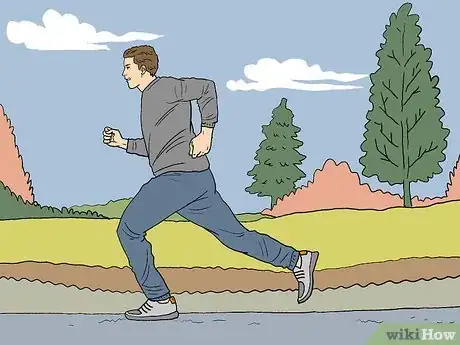

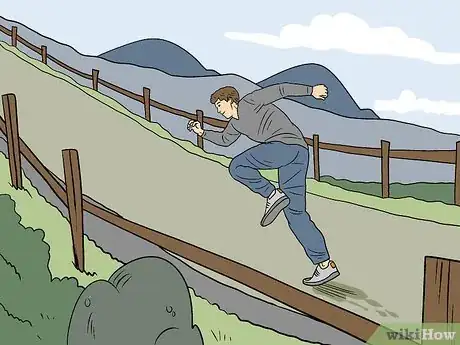
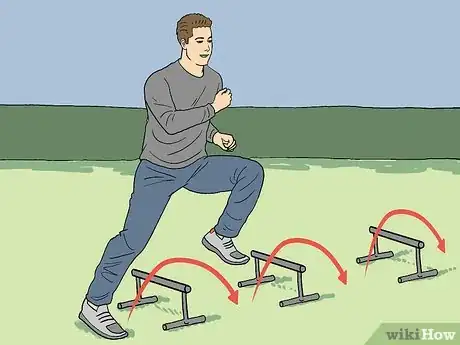
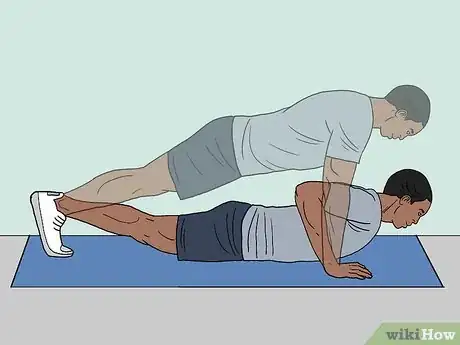
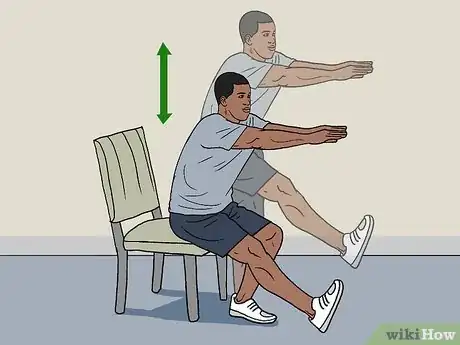
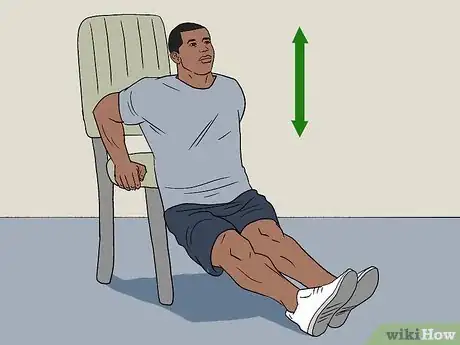

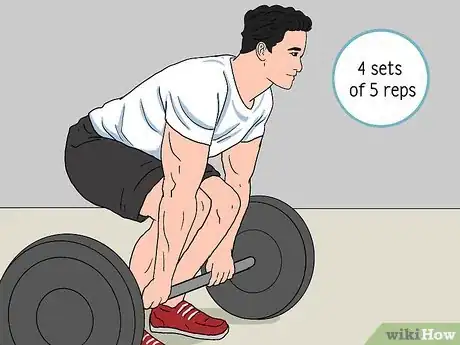
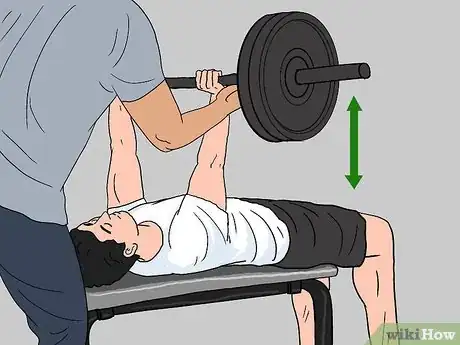
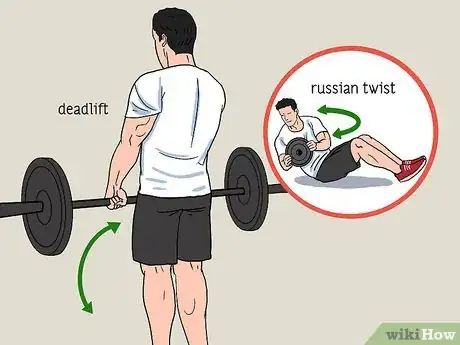
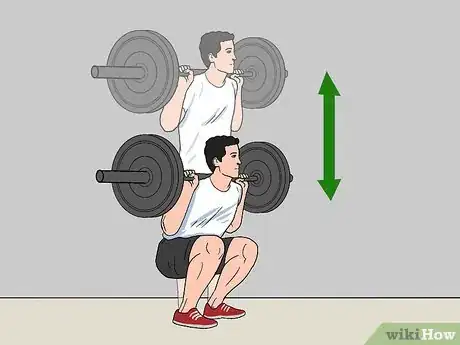


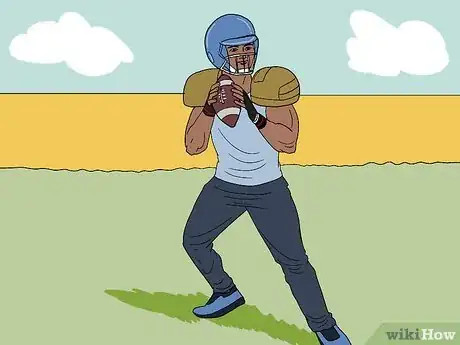
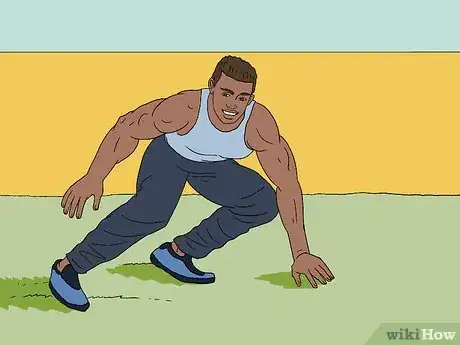
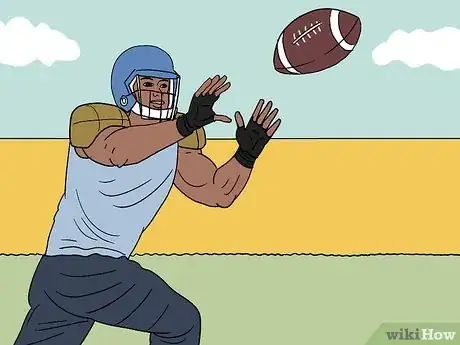
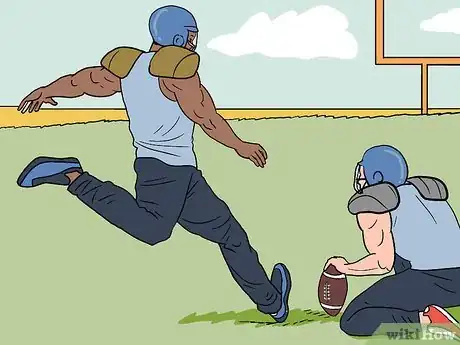
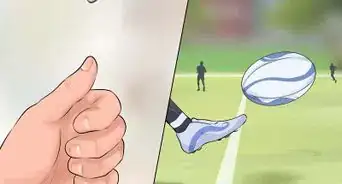
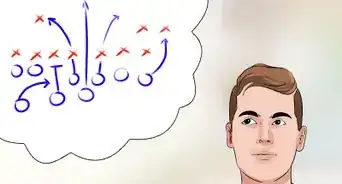
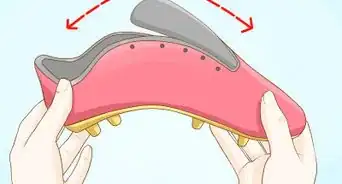
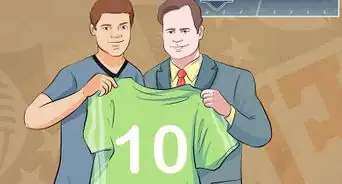
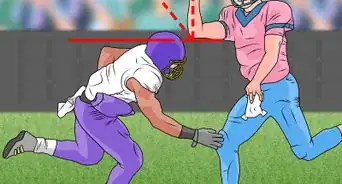
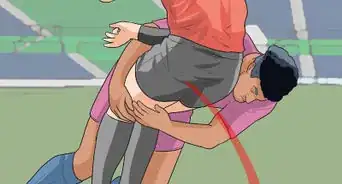
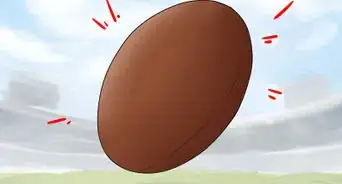
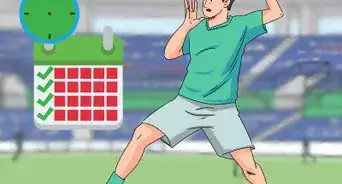

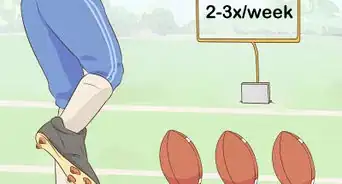

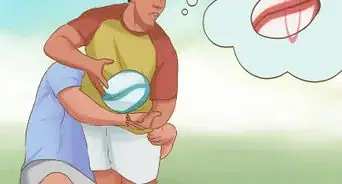
-Step-8.webp)










